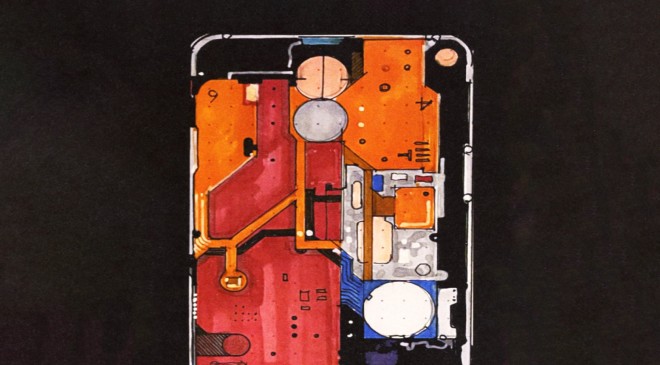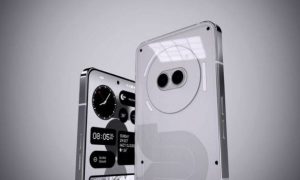Carl Pei-led Nothing is all set to unveil its first phone in India. The company confirmed that the Nothing Phone (1) will be launched in India on July 12. The product page of the smartphone has already gone live on Flipkart. The listing also reveals some key features ahead of the launch.The smartphone will reportedly cater to the mid-range audience. Although the phone’s price has not been tipped yet, a new report states that the phone will be available for pre-booking on Flipkart starting July 12.
Tipster Mukul Sharma has exclusively shared that Nothing Phone (1) can be pre-booked at Rs 2000. ” Nothing Phone (1) pre-booking details.Buyers will be able to pre-book the device by paying 2K.Coupon money will be adjusted during checkout (on the keynote date, July 12 itself).Plus, “variant of your choice” confirms multiple memory variants,” he wrote on Twitter. Sharma has also shared the alleged Flipkart listing of the phone that says’Select for the Nothing Phone (1) variant of your choice’. It clearly reveals that the phone will come in multiple storage variants.
Nothing Phone (1): Specifications
As per leaks, Nothing Phone (1) features a 6.55-inch Full-HD+ OLED panel with 90Hz refresh rate with a resolution of 2400×1080 pixels. The smartphone is powered by a Qualcomm Snapdragon 7 Gen 1 chipset coupled with up to 8GB of RAM. The phone runs on Android 12 out of the box.
In terms of camera, Nothing Phone (1) is expected to feature a 50-megapixel primary camera accompanied by other two sensors. On the front, there is a 32-megapixel on the front.
About the design, Nothing Phone (1) said in the blog, ‘When you look inside almost any Android phone, they’re almost all exactly the same. Of course, the industry is optimising everything they do, year on year, trying to squeeze the most performance they can out of the smallest space.’ ‘When you look inside almost any Android phone, they’re almost all exactly the same by Nothing, head of design Tom Howard told the Wallpaper.The idea behind including a translucent panel is to let the users view components that a smartphone user has never seen before.





































